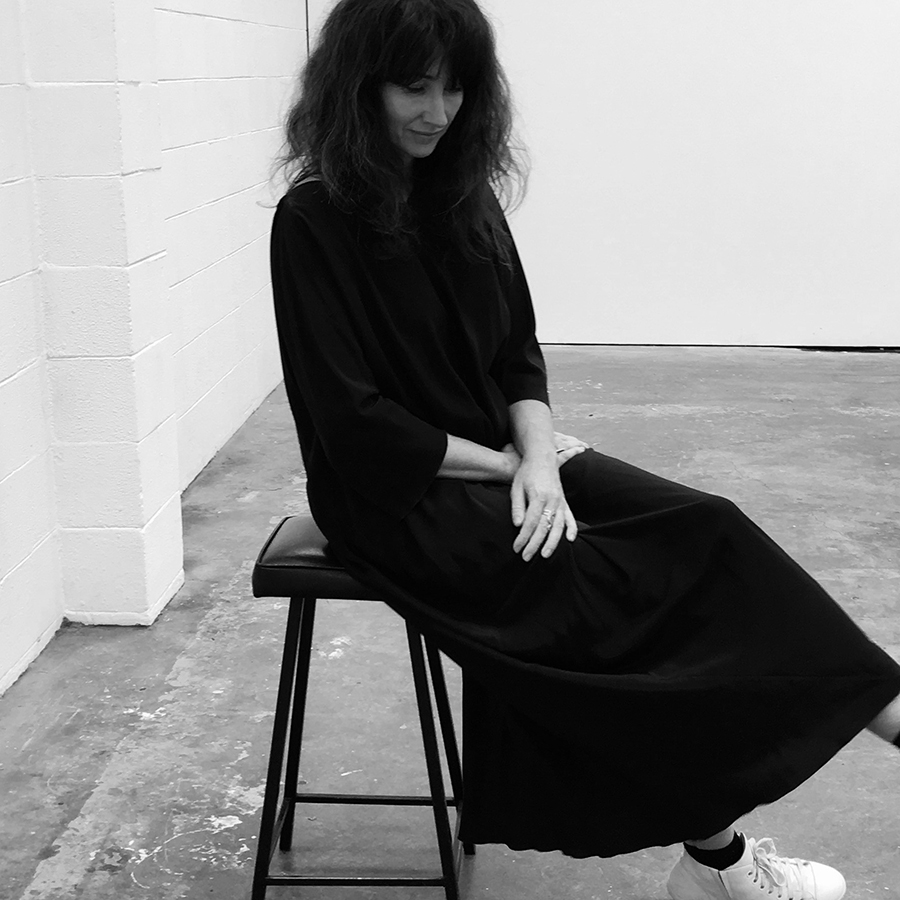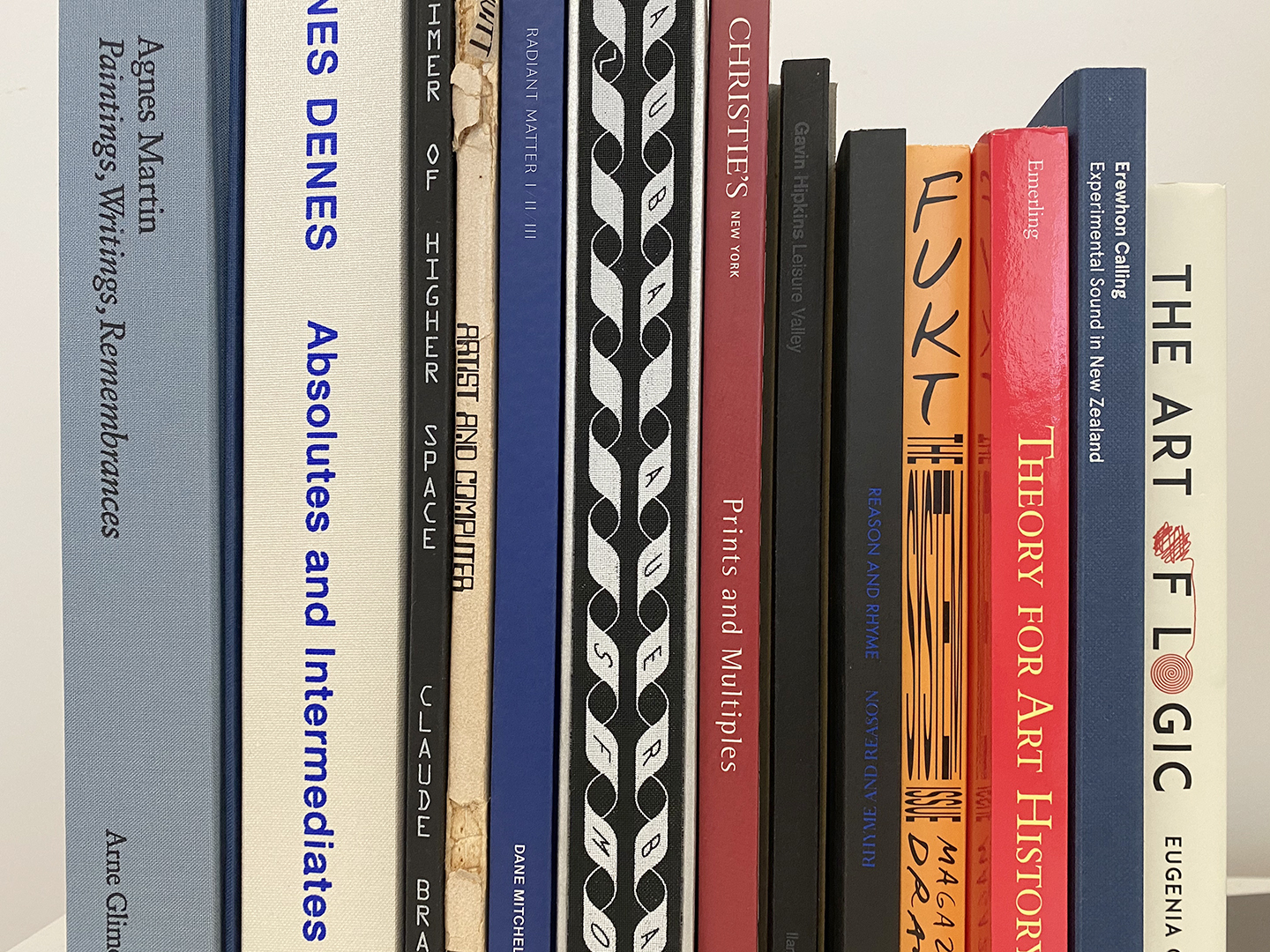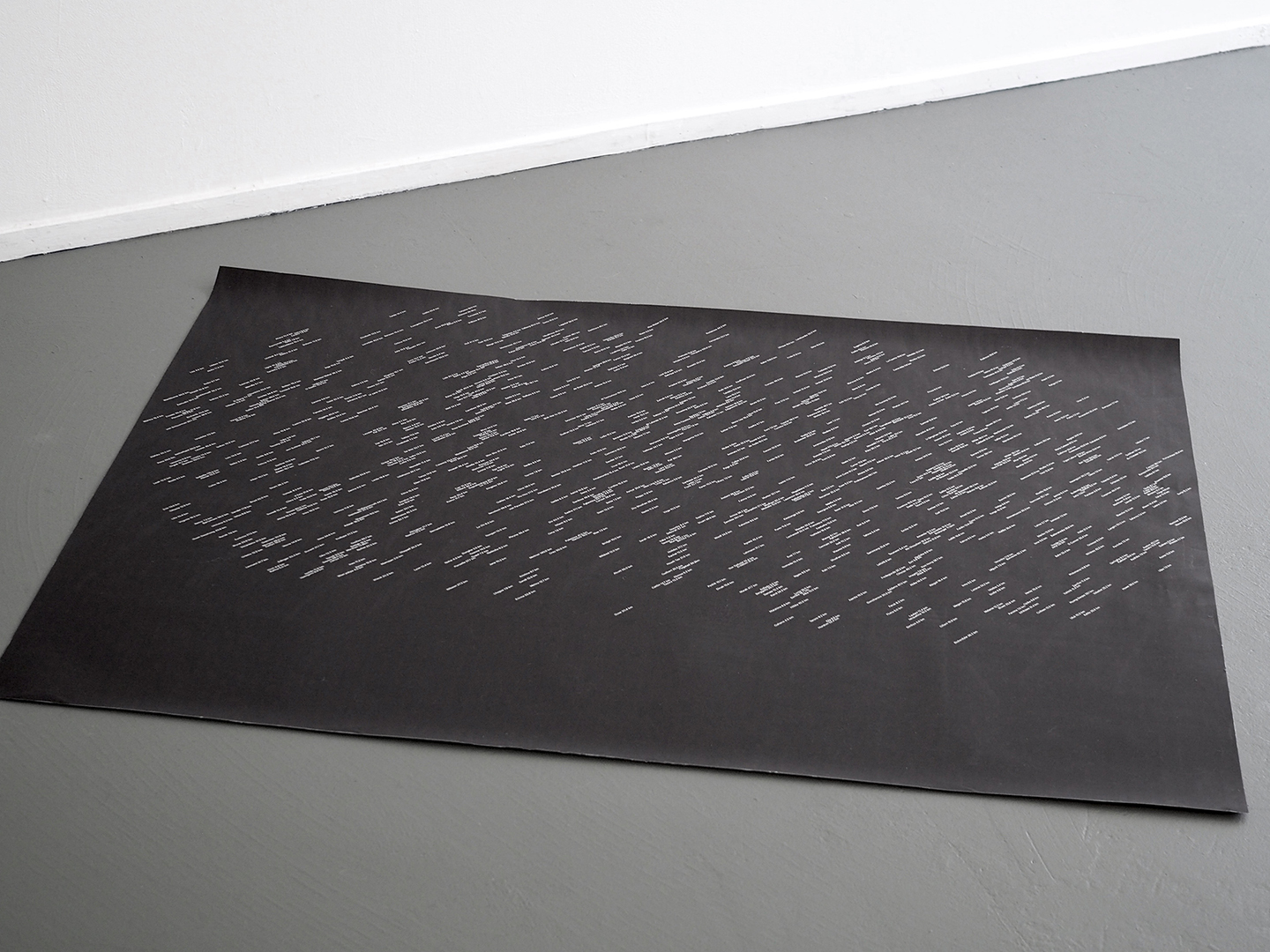Meet our Friends… Sarah Callesen, Dossier
Design Assembly has become the home of New Zealand design – providing a collaborative digital and physical platform for kiwi visual designers to learn, keep up-to-date and be inspired. We couldn’t do that without the support of our Friends.
This series profiles some of the studios and individuals who have shown their love and support for DA. Today we spoke to Sarah Callesen to learn more about Dossier, Sarah’s oblique career path, the relationship between her design and art practice, and her hopes for Aotearoa design’s future.
Become a DA friend today and connect with your professional community from $80 per year.

Who were your early creative influencers?
A kid in the 80s, pre-internet, I was into fashion magazines and editorial design, I handmade my own zines. As a teen I collected Vogues for the photography, maybe it was escapism from rural Manawatū. I grew up on a farm, it wasn’t a tranquil lifestyle block kind of farm, my dad designed and built machines and silos to process grain after harvesting, it was industrial and noisy. Dad is one of those kiwi blokes who is a self-taught mechanic, engineer, draftsperson, metal fabricator etc, his passion side project has always been restoring old cars from the chassis up. My Mum was into creative technologies like sewing, spinning and weaving. I think I inherited a bit from both. After high school those Vogue’s came into effect, I left to model in Paris, Tokyo and Auckland. Being on set amongst stylists, make-up artists and photographers exposed me to the creative process, and the production and theatre of runway shows. I worked for top fashion houses by day and hung out with artists and musicians at night, taking advantage of the early nineties rave scene happening in Paris, and Tokyo. I collected i-D magazine and rave flyers, digital/post-digital aesthetics were starting to influence graphic design, going mainstream in David Carson’s book ‘The End of Print’, and London’s Tomato collective (included members of Underworld) experimented with digital 2D imagery and video in books which was super fresh at that time (remember this is still pre-internet!). I wanted to learn how to make all of it so I came back to Auckland to study a Bachelor of Design.

Can you tell us about your career milestones and what lead to you founding Dossier?
My career path hasn’t been a traditional one, my milestones have been the shifts and pivots, new experiences have afforded me the greatest gains. The most recent has been studying part time for a Master of Fine Arts, I needed a new challenge after working solely in brand design for some period and my youngest daughter had started school. Having run my own design business since maternity leave meant I could fit art school in, pushing out my work hours.
How does your fine art practice inform your design methodologies and sensibilities?
With critical thinking. For millennia art has helped humans understand the world, its retaught me to question systems that effect daily life, such as late capitalism, white priviledge, patriarchy and consumerism – of which I contribute to in brand design, to quote one of my favorite artists, american Agnes Denes, I’m “working with a paradox”. At uni I wrote an essay on digital mediation, how capitalist-driven digital technologies distract us from our bodies, how VR, AR and AI are nothing compared to the complexity of the human brain and sensory perception. In researching into the philosophy and history of technology I discovered women who made significant contributions in STEM, computer art and electronic music, yet they’re not commonly known, the question was why. Today we have a majority gender designing new technologies yet users are diverse, the effects of bias in tech, particularly algorithms and big data, is hugely problematic. By making known minority contributors in STEM histories, these groups can feel entitlement, ownership and inclusivity in these fields. Back to your question… art has made me more aware of my position as a visual communicator, one of privilege and power, that can impact change. How will I use it.

Describe the Dossier studio culture and environment
It’s a petite studio of one that expands remotely depending on the project. Because of this year’s lockdowns I’m currently working from home, a challenge for many working parents, not the ideal studio environment! but it’s a temporary solution and one shared by many designers around the world right now.
What insight can you give us to your design process?
With a new client it’s about getting to know one another and getting as much info as I can for the project to run as efficiently as possible, with the best design result. I’ve learnt to never make assumptions, I use rebriefs and when presenting work I reiterate the strategic foundations it’s been based on. If a client has a design direction in mind I’m open to realising it for them but I always present another option if it meets the brief more successfully and it’s usually the one the client runs with. I follow processes to a point, the work must meet strategic outtakes/goals, and it informs the starting point but I also use organic creative thinking in the conceptual phase, that’s where the magic happens for me, as it does in artmaking, that’s where AI can’t take the place of a human designer!

2020 has thrown us some curveballs, how has Dossier adapted?
By adapting to working remotely, I re-did my website to offer more information online, previously it was just a portfolio. Without the opportunity for face-to-face meetings, potential clients rely on digital channels to form trust and enlist services. We’re competing online with content marketing specialists and SEO, I needed to rethink my approach and marketing to compete, that included a new name, new branding.
What achievements or projects are you most proud of?
The most influential design company I worked for was Designworks Auckland, the team around me were super talented and I learnt a lot, quickly. The biggest projects I got to work on were the Air New Zealand domestic check-in wayfinding and branding (when they moved from traditional desks and queues to free-flow kiosks) and the long haul aircraft fit-out which included the infamous chandelier and bookcase wallpapers, and bespoke crockery and cutlery design – both were big, complex projects with high public exposure. In my own business projects are smaller but what I’ve enjoyed most is the client relationships I’ve formed, some have been with me for more than 10 years and being involved in a brands growth alongside them is hugely rewarding.
What I’m most proud of this year is the solo exhibition I had at Audio Foundation (pre-covid). I presented the research-led work I’ve been doing at Elam, using sound, video, kinetic sculpture, animation, print and drawing. The installation centred around 17th century German astronomer and mathematician Maria Cunitz, who made a significant contribution to astronomy, yet she’s not widely known. I also referenced German conceptual artist Hanne Darboven, who devised her own numerical system in the 1970s, from which she created musical notation/computation. The highlight of the show for me was a public talk I did with STEM educator and science communicator Carolle Varughese, one of few NZ women to graduate with a Bachelor of Science in Astronomy. Her work encourages sustainable diversity within the STEM sector in Aotearoa, she organised the panel talk ‘‘Her Story – Defining Women in Astronomy’, in Wellington, 2019. There’s real benefit in bringing disparate fields together to discuss shared problems.

What are your hopes for Aotearoa Design moving forward?
Greater inclusivity. Our audience is diverse, we need diverse designers in product innovation and brand storytelling, especially indigenous voices and tikanga. To get there we need to question why leadership positions in our industry are still held by a majority gender from a single ethnic group. Why do workplace structures continue to disadvantage primary caregivers? How can we apply our skillset to encourage diversity? OMGTech! teach coding in Maori and Pacifika schools and aim to get digital technology added to the NZ curriculum, they worked with Microsoft to translate Minecraft coding tutorials into Te Reo. There are also local coding programmes for young girls. Our industry is going to have extra resource over the next few years as new graduates can’t travel and offshore designers return home, maybe there’s an opportunity here? If design is to benefit humanity and our planet, we need to collectively and objectively interrogate problems without commercial and systemic bias, that’s the challenge. Lastly, if we are offering human-centred design and want to truly meet human needs, we need to interrogate what it means to be human…
Where can people get in touch and see more of your work?
Artist website: www.sarahcallesen.com @sarah_callesen
Design website: www.dossier.co.nz @studio_dossier
Ngā mihi




